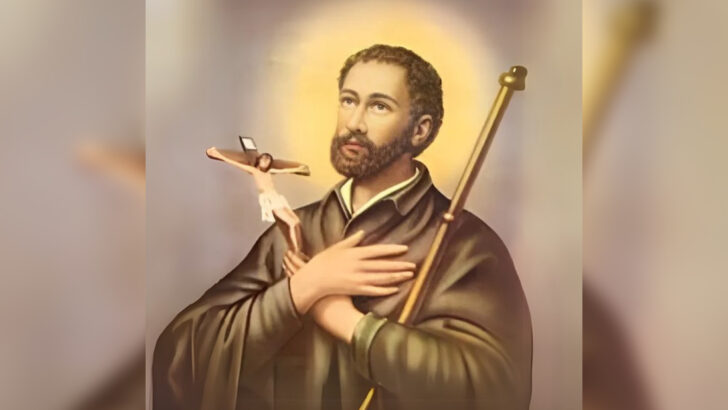Saint of the week
The missionary Francis Xavier, born in 1506 in Navarre, Spain, was a man whose life took an extraordinary turn through his encounter with Ignatius of Loyola at the University of Paris in the late 1520s. At the time, Francis was ambitious for worldly success. Yet Ignatius, older and already embracing a life of devotion, perceived something remarkable in the younger man. For nearly three years, Ignatius worked to challenge Francis with the question, “What does it profit a man if he gain the whole world and suffer the loss of his soul?” Eventually, Francis’ ambitions were transformed, redirected not towards personal glory, but the glory of Christ.
In 1534, alongside Ignatius and five others, Francis took vows at Montmartre, pledging themselves to a life of service. Six years later, Pope Paul III formally approved their group as the Society of Jesus. Francis’ defining mission began in 1541 when King John of Portugal requested a papal legate to minister in the newly established empire in India. On his 35th birthday, Francis sailed from Lisbon, to embark on a decade of missionary work that would take him across the East.
Francis showed an unlimited energy for his calling. Whether aboard ship or in harbours, he preached, heard confessions, taught Christian doctrine, and looked after the sick. His arrival in Goa marked the start of an intense ministry among the poor, the enslaved, and the marginalised. Although language barriers posed a challenge, Francis’ determination to teach the faith led him to memorise translations of prayers and commandments, which he would then proclaim across towns, gathering crowds with his bell.
By the end of a month in Tranvacore, he had baptised over 10,000 people, often exhausting himself physically and spiritually. Yet his fervour only grew. Moving beyond India, he went to Malacca, the Moluccas, and the Spice Islands, preaching among both Portuguese colonists and indigenous peoples, even those known as head-hunters.
In 1547, Francis heard of Japan, a land yet untouched by the gospel. Despite knowing no Japanese and facing immense hostility, he arrived in 1549. His years there were marked by frustration and success. After two and a half years, he left behind 2,000 converts from a population of 15 million. Yet, this small flock would later give rise to one of the Church’s greatest martyrdom traditions.
Francis’ sights turned to China, a land almost impossible to enter. In 1552, he reached the island of San Cian near Canton. After weeks of waiting, his plans failed, and he became gravely ill. On December 2, 1552, Francis died alone on the desolate island, just 46 years old, buried without ceremony.
Francis’ life was one of extraordinary sacrifice and service. He endured privation, illness, and hostility, driven solely by a passion for saving souls.
Canonised in 1622 with his friend Ignatius, St Francis Xavier is today the patron of Catholic missions. His legacy exemplifies selfless devotion, his life dedicated not to personal gain but to the salvation of others.


 Renata Milán Morales
Renata Milán Morales St Francis Xavier
St Francis Xavier 